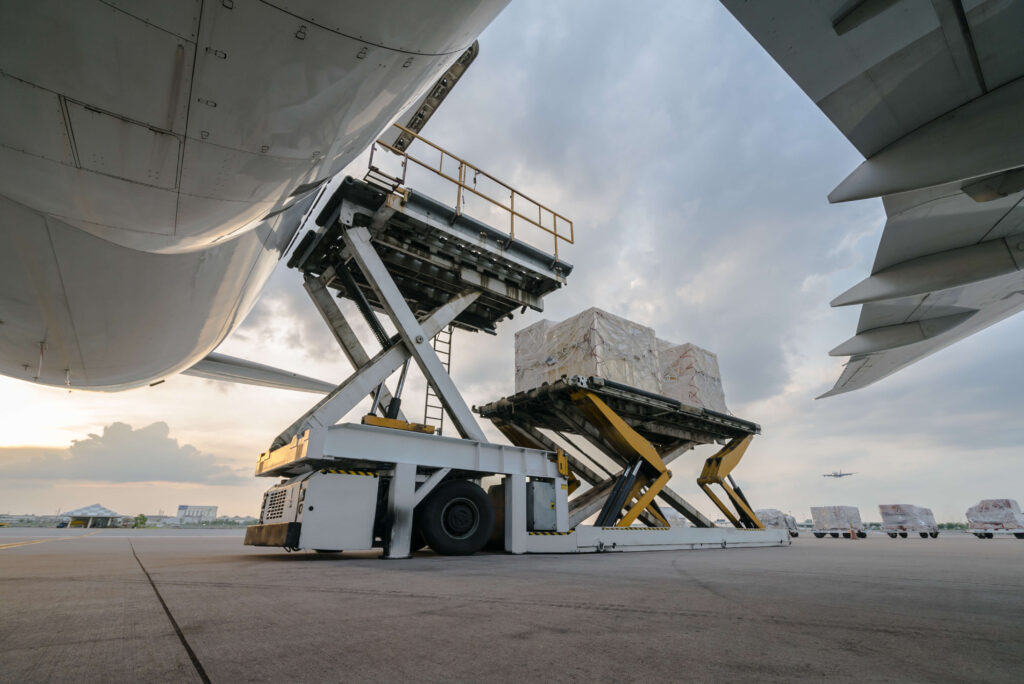Border restrictions are still being maintained following further outbreaks of COVID-19 in East and Southeast Asia. But while international passenger traffic remains low, air cargo is currently experiencing consistent growth, offering airlines a lifeline during a turbulent time. However, COVID-19 restrictions have also led to supply chain bottlenecks, which may negatively impact the current positive trend.
While demand grows, capacity drops
Recent IATA figures indicate that, during summer 2021, both the global and the regional demand for air cargo across East and Southeast Asia has experienced continuous growth.
For example, while global demand grew by 7.7% in August 2021 compared to the same month pre-pandemic, East and Southeast Asian airlines also saw international air cargo volumes increase by 3%.
IATA also notes that cargo capacity recovery paused in August 2021. Compared to August 2019, freight capacity across carriers in East and Southeast Asia dropped by 12.2%. Meanwhile, in July 2021, local carriers recorded an increased growth rate for freight services of 4.4%, which makes August 2021 a much slower month.
Month-on-month, cargo capacity has continued to decrease by approximately 1.6%. This is considered to be the most significant drop since the beginning of 2021.
Air cargo’s slow recovery across the region has been caused by fewer passenger aircraft offering belly capacity for cargo. As a result, supply chain bottlenecks could intensify as businesses in East and Southeast Asia continue to ramp up production, Willie Walsh, director general at IATA says.

Tratong / Shutterstock
Could supply chain bottlenecks negatively affect positive trends?
IATA explains that the demand for air freight operations continues to be affected by easing growth momentum in key activity indicators in Asia, as well as congested supply chains caused by COVID-19 restrictions. This is most notable within Asia and Europe to Asia freight routes.
Employee quarantines and the disruption of production rates in various factories across the region have led to longer delivery times, which has prompted businesses to choose air transport in order to speed up shipping. Flight cancelations and airport delays caused by COVID-19 restrictions also increased pressure on already constrained air cargo capacity.
This can be seen in the case of the spread of the Delta variant in China, which led to the closure of Nanjing Lukou International Airport (NKG). Quarantine policies for mandatory airport staff and airline crew were also tightened across China’s key airport hubs, such as Shanghai Pudong International Airport (PVG) and Beijing Capital International Airport (PEK). COVID-19 lockdowns also impacted available cargo capacities in Vietnam.
Due to freight capacity pressures, air shipping rates across East and Southeast Asia have been raised, increasing the price of air cargo services.
However, IATA highlights that various economic indicators currently point to a potentially strong year-end peak season for cargo operations. That is, unless supply chains and production lines are disrupted by new virus spikes across the region, which could cause a knock-on-effect for air cargo in East and Southeast Asia.
Peter Krocka / Shutterstock
A potential outlook
Meanwhile, the outlook for a near-term air cargo business across the East and Southeast region remains positive.
IATA forecasts that the demand for air cargo operations will remain strong due to large upcoming ecommerce events, such as Black Friday and Christmas. According to Walsh, the region’s economic conditions indicate that the trend of strong growth should continue into the peak year-end demand period. Experts also predict that during Q4 2021, the region’s carriers will see cargo demand surpass 2019 levels.
American venture capital firm Insight Partners also agrees with IATA observations. A new market research study conducted by the company suggests that the region’s air cargo market will likely continue to grow and is expected to reach up to $85.4 billion by 2028 from $46.21 billion in 2021. Insight Partners also predicts that in the future some Southeast Asian countries, including Thailand, Singapore, and Indonesia, will play a significant role in boosting the general cargo volume and capacity.
Insight Partners also estimates that the air freight market across the region has the potential to grow, with a predicted compound annual growth rate (CAGR) of approximately 9.2% from 2021 to 2028.

